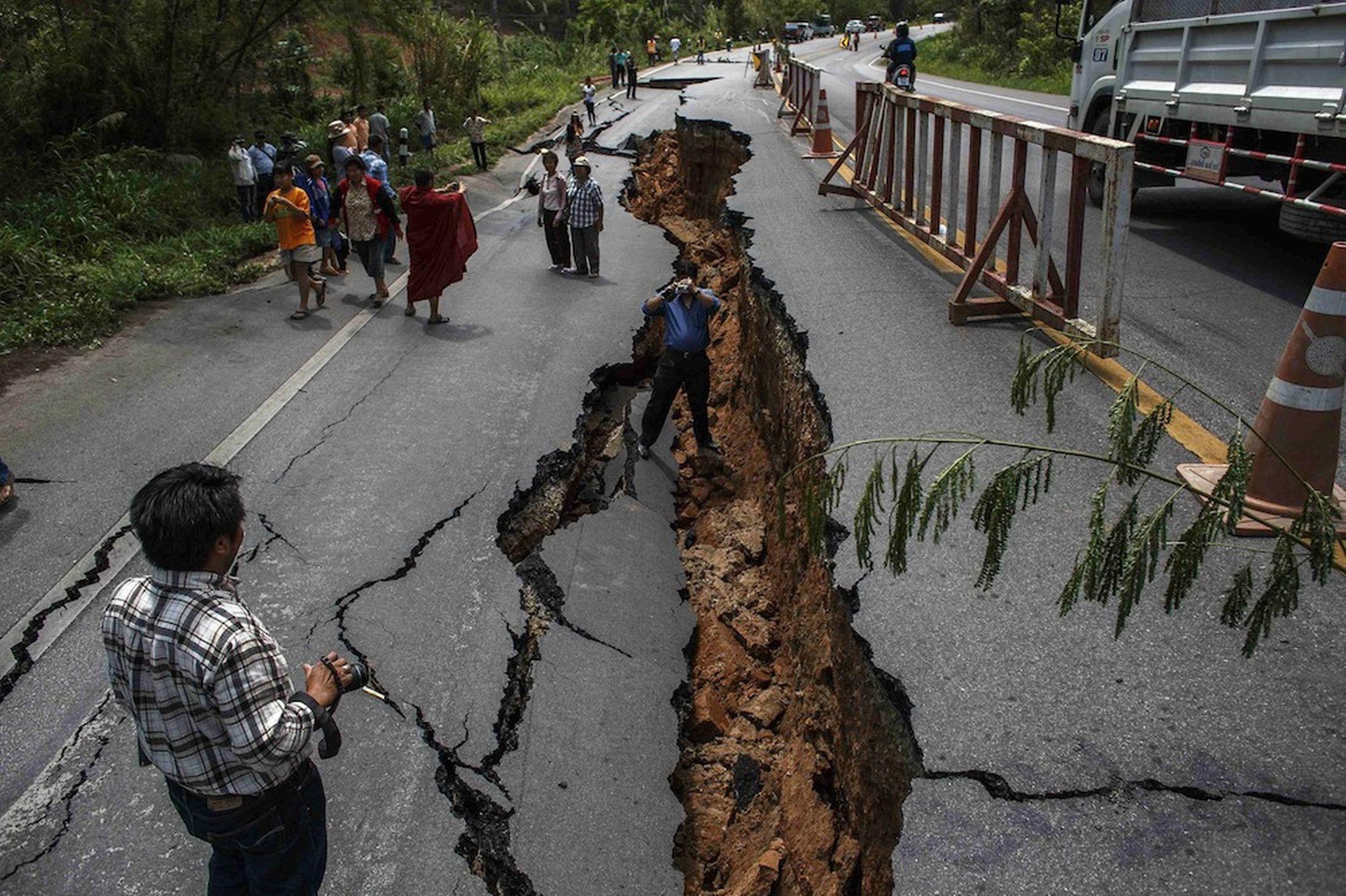There is a deadly silence beneath our feet.
It isn’t a matter of if—it is a matter of when.
India is standing on the edge of a disaster so large, so brutal, that when it strikes, it will
not leave time to run, to think, or even to scream.
The threat is real, and the numbers are terrifying.
A Nation Living on a Moving Plate
India is caught between two grinding tectonic plates—the Indian and Eurasian plates—
that are pushing against each other with unstoppable force.
This constant pressure has already built the mighty Himalayas, but it has also locked
enormous energy beneath the surface, waiting to explode.
Scientists have warned for years: the Himalayan fault line is overdue for a major release
of seismic energy. And when it happens,
What’s at Stake: The Threat Is Immediate and Colossal
This is not a distant possibility. This is a knife hanging over the head of millions.
Estimated Human Loss
If a magnitude 8.0 or higher earthquake strikes densely populated cities like Delhi,
Patna, Srinagar, or Guwahati, experts estimate:
• 30,000 to 100,000 people could die within minutes.
• Thousands more could be buried alive under concrete and debris.
• Emergency services would likely collapse under the scale of destruction.
Past disasters have already shown us what happens:
• The 2001 Bhuj earthquake killed over 20,000 people.
• The 2015 Nepal earthquake killed nearly 9,000 people and severely damaged
North India.
But those were warnings. The next one could be much worse.
Estimated Economic Losses
The financial cost would be catastrophic:
• The Bhuj earthquake cost over ₹30,000 crore.
• A future major quake in a city like Delhi could cause damages exceeding ₹1
lakh crore (over $12 billion) within hours.
• Businesses, highways, power plants, hospitals, and schools would be crushed—
literally and economically.
Essential services could stop functioning. Power grids could collapse. Transport routes
could be destroyed.
It would take years to recover—if we ever fully could.
Why India Is Dangerously Unprepared
This is the most frightening truth: India is not ready.
• Thousands of buildings in high-risk zones are not earthquake-resistant.
• Emergency response teams are undertrained and under-equipped.
• Public earthquake drills are rare.
• Most people do not know what to do when the ground starts shaking.
When the earthquake hits, there will be no time to search “what to do.”
The disaster will unfold faster than we can react.
This Can Be Prevented — But Only If We Act Now
We cannot stop tectonic plates from moving. But we can stop an earthquake from
turning into a human tragedy.
What must be done urgently:
• Strict enforcement of earthquake-resistant construction codes.
• Retrofitting old, unsafe buildings, especially in cities like Delhi and
Guwahati.
• Nationwide public drills and education.
• Emergency response teams must be trained for high-casualty scenarios.
• Families must prepare emergency kits and have survival plans at home.
Without these steps, we are gambling with millions of lives.
The Countdown Has Already Started
The earth does not warn us.
It simply moves—and when it does, it will not wait for us to catch up.
Right now, India is living in borrowed time.
The question is not whether the next great earthquake will come. It is whether we will
meet it prepared—or whether we will stand in the rubble, wondering why we didn’t act
when we still had the chance.
This is the storm we are walking into. The countdown has already begun. Earth provides no warnings but moves steadily. India currently exists in borrowed time. The looming question is not the inevitability of the next major earthquake, but our readiness to face it. Are we going to be proactive or find ourselves amidst the aftermath, regretting our inaction? This is the unfolding storm we are entering. Will we awaken in time?
Will we wake up before it’s too late?
